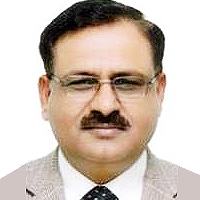Prediction of neonatal and maternal index based on development and population indicators: a global ecological study
Published on: 7th December, 2021
OCLC Number/Unique Identifier: 9359437629
Introduction: Although worldwide maternal and neonatal mortalities have decreased, but Achieving sustainable development goals remains an unfinished agenda and global challenge. This study aimed to predict neonatal and maternal index based on development and demographic indicators.Methods: In this ecologic study, the dependent variables were Maternal mortality ratio (MMR), Neonatal mortality rate (NMR), and Under 5 Mortality Rate (U5MR) and the independent variables were Gender gap index (GGI) and its four components, human development, life expectancy, total fertility rate, and population growth. Data conducted using international secondary data published data bases of health metrics from 2016 to 2018 in 149 countries from WHO (World Health Organization), World Economic Forum, UNICEF (United Nations Children's Fund), and UNDP (United Nations Development Programme). Data analysis was performed using correlation model in Stata version 14.1 software.Results: In this study, economic participation and total fertility rate are positively and educational attainment, Human Capital Index and life expectancy are negatively associated with MMR. Human Capital Index, Educational attainment, and Life expectancy are negatively associated with NMR. Economic participation and total fertility rate are positively and educational attainment, Human Capital Index and life expectancy are negatively associated with U5MR. Discussion: To reduce the maternal and neonatal mortality rate, it is important to pay attention to indirect causes such as equal conditions for men and women to demographic and population indices such as economic participation, educational attainment, Human Capital Index and life expectancy.




